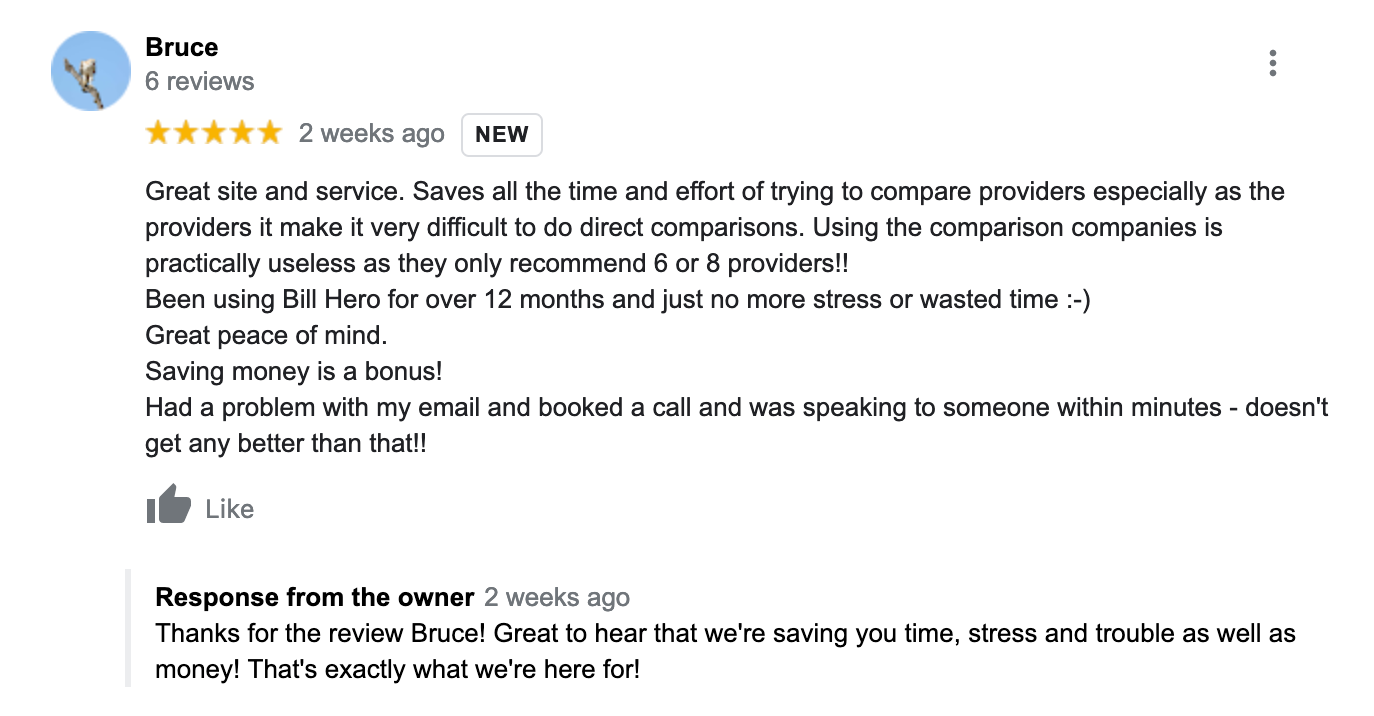Here’s the game you didn’t know you needed to play
Electricity distribution networks are complicated. So are the games based on them.
Get ready for the cooler weather ahead with these simple and practical Autumn energy savings timps from Energy Coach and Bill Hero

What a horrible thought - Autumn is already here, and that basically means that Winter Is Coming 😱
For those of us who rely on gas for heating, this may well turn out to be a winter of discontent. With gas pricing still at historic highs, the prospect of winter gas bills feels daunting.
But let’s not panic quite yet. There’s still time to get organised, and Energy Coach is here to help. This Autumn guide provides simple ways to help you save energy, minimise waste and be ready for the colder winter months.
Plus, Energy Coach’s partner Bill Hero will make sure that your winter gas bills will stay as low as possible, whatever your usage. If you’re not already a Bill Hero subscriber, then now is the time.

Not a subscriber yet? What are you waiting for! Never overpay for energy again! Bill Hero automatically compares every bill to help keep you always on the best priced plan.
Australia is a big country, and depending on where you live, Autumn can mean very different things.
In the colder southern climate zones, it means preparing your home to minimise heat loss. In warmer climates, it might just mean you have an opportunity to reduce your reliance on air conditioning and rely more on ventilation.
Taking action to stop air from entering and leaving your home is key to saving energy. Here are some simple ideas that will have the greatest impact.
Stopping draughts will deliver the best bang for your buck out of all the energy savings techniques - it’s simple, cheap and effective. Stopping draughts helps keep your home warm while saving up to 25% on your heating bills.
Draught-proofing gear such as foam strips and door snakes are readily available from your local hardware store, are easy to install, and cost very little.
As the cold weather sets in you’ll be able to notice cold air leaking in from cracks and gaps around doors and windows. You may also have gaps around cupboards and architraves, floorboards and skirting boards.
Be attentive to any cold breezes you feel as you move about your home, and follow the draught to find its source. Once you’ve identified a problem gap or crack, then take steps to block it.
Effective insulation can deliver dramatic savings in heating costs. Up to 50% of heating can leak out through gaps in and around ceilings, walls and floors.
There are many types of insulation available. Suitability depends on your location and roof type. Insulation is rated with an ‘R’ value based on the thermal resistance - hence ‘R’ - of the insulation. The higher the R value rating, the higher the insulation properties of the material, and the slower heat will flow through the material.
Your home can be rated for its overall total R value for the resistance to heat flow provided by a roof and ceiling, or a wall or a floor. Each of the components in these structures will have have its own R value, which can be added together to determine the total R value.
Total R values for roofs, ceilings and floors that use reflective insulation are expressed as ‘up’ and ‘down’ values, depending on the direction of heat flows through the material:
‘Up’ R values describe resistance to heat flow in an upwards direction. This is sometimes known as winter R values, since in winter the most common direction for heat to travel is upward from your heated room, through your ceiling and roof.
‘Down’ R values describe resistance to heat flow in a downwards direction, which is known as ‘summer’ R values since the main source of summer heat is the sun.
You should consider both the up and down R value when choosing new insulation for roof, ceiling or floor insulation. Total R values for walls are expressed as a single figure, without any ‘up’ and ‘down’ distinctions.
There are many factors that can reduce the total R value, including thermal bridging, compression and settling of of bulk insulation, dust settling on reflective insulation and the lack of a suitable air gap for reflective surfaces.
It’s important to ensure that installation is done to specification for your insulation to perform as it’s rated. This means insulation should be installed by someone with expert knowledge, and in accordance with Australian standards.
Windows can release up to 40% of heating energy in your home. You can improve window efficiency with:
Autumn is the time to check the working condition of your heater and do any maintenance required. If you have an evaporative air-conditioning system, you may need to inspect it after summer.
Keeping your heating system well maintained will help it operate more efficiently and last longer. Check the operating instructions for your system or contact the manufacturer or retailer for advice. Maintenance of gas and reverse-cycle heating should be conducted by a qualified technician.
Once again, we have an embarrassment of riches in reviews from happy subscribers. Here’s a recent favourite:

Got opinions about how to get ready for the colder months? Have your say in the comments, but please first read and understand our Community Guidelines.

Savings as a Service is the blog site and newsletter from Bill Hero. Subscribe now and get your energy savings tips and information delivered fresh to your inbox every month.